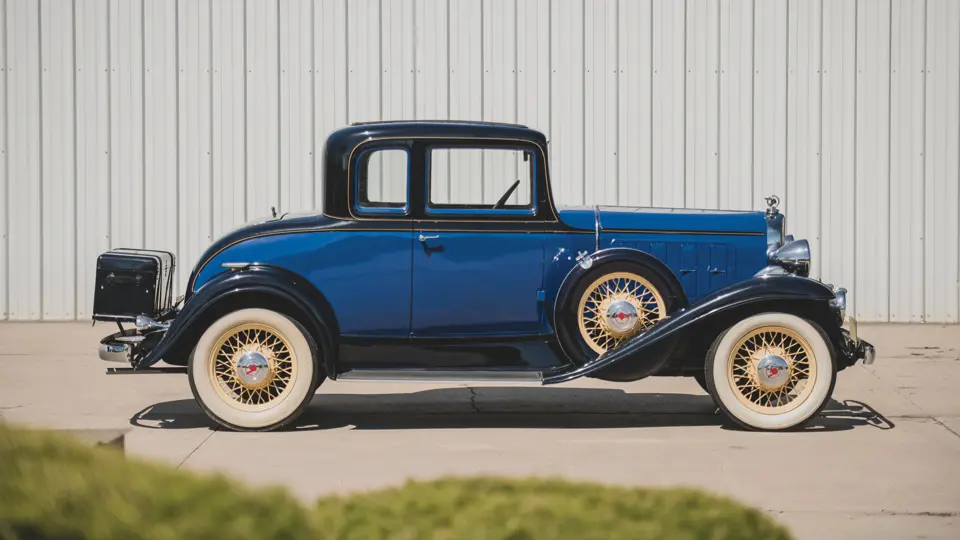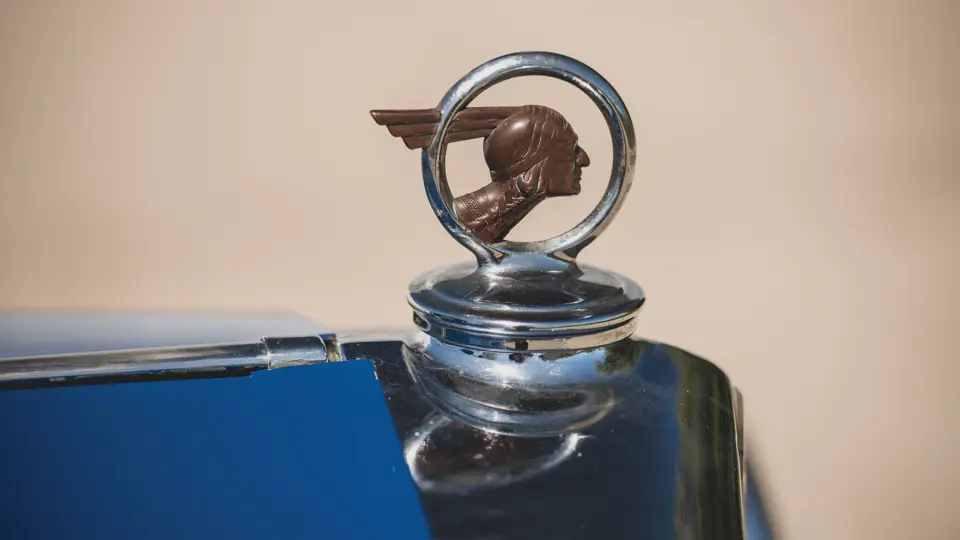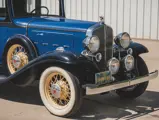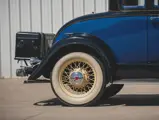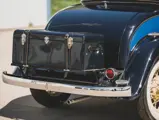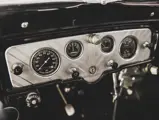Long the second-tier marque in General Motors president Alfred Sloan’s maxim “A car for every purse and purpose,” Pontiac started out as a lower-priced “companion” to Oakland. Within its first year, however, the new upstart handily outsold its parent. The success continued, year on year, to the point that the Oakland name was retired after 1931. Named for Oakland’s hometown, Pontiac, Michigan, the new car played on the geographic Native American heritage with such slogans as “The Chief of the Sixes” and radiator ornaments in a likeness of Chief Pontiac.
For 1932, Pontiac Sixes were re-engineered with a longer 114-inch wheelbase and roomier bodies. The last Oakland model, a V-8 introduced in 1930, was continued as a Pontiac, but sold poorly and was laid to rest at year’s end. Sixes were available in six body styles, the majority of them staid coupes and sedans. Two more exciting models, the convertible coupe and Sport coupe, filled out the line. Both were 2/4-passenger models, the third and fourth passengers riding in a rumble seat.
This 1932 Pontiac Six Sport coupe was purchased by the Merrick Auto Museum in 2002 from Michael Leith of Wendell, North Carolina. Blue with black fenders and moldings, it has yellow pinstripes and looks very smart. The yellow wire wheels bear Lester 5.50-18 whitewall tires. It is equipped with free-wheeling, which can be locked out with a dashboard control. The interior is upholstered in grey pleated and buttoned mohair, which shows some wear and deterioration. The rear window lowers for communication with rumble-seat passengers, and the dashboard is well detailed and attractive. There is an accessory hot-water heater of more modern vintage. Modern directional signals have also been added for greater safety in today’s traffic.

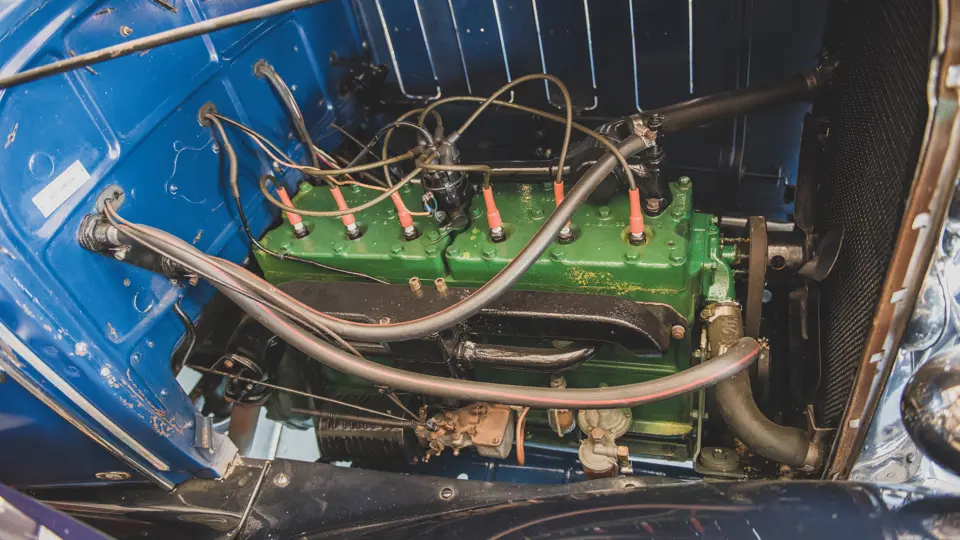


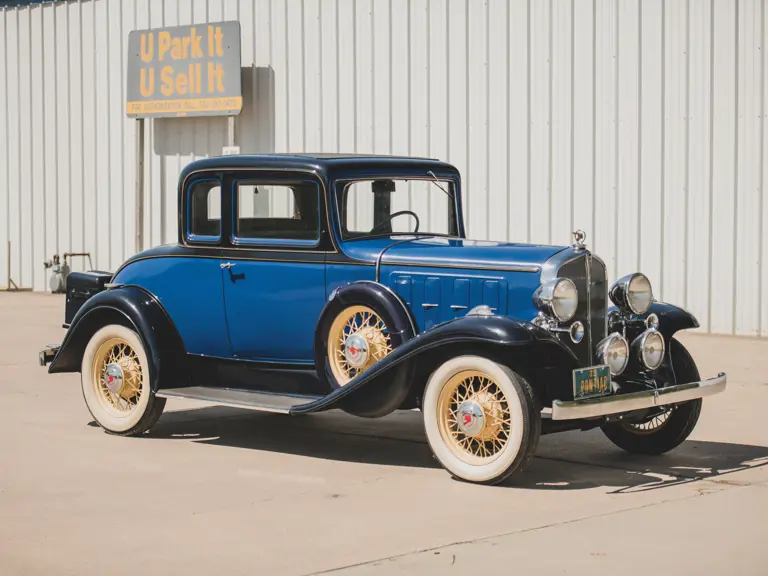


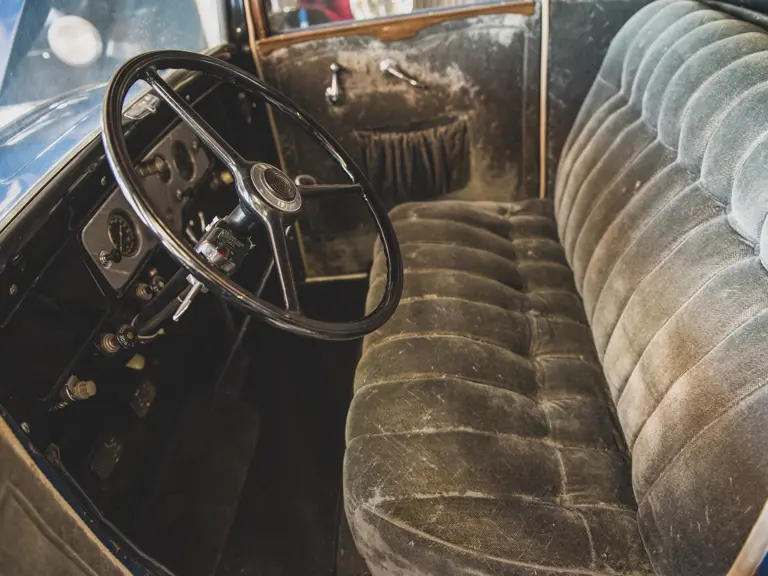
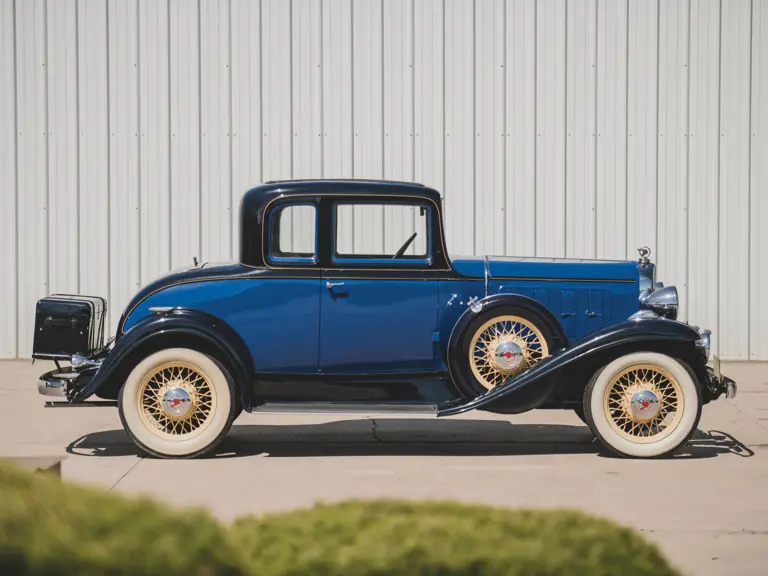
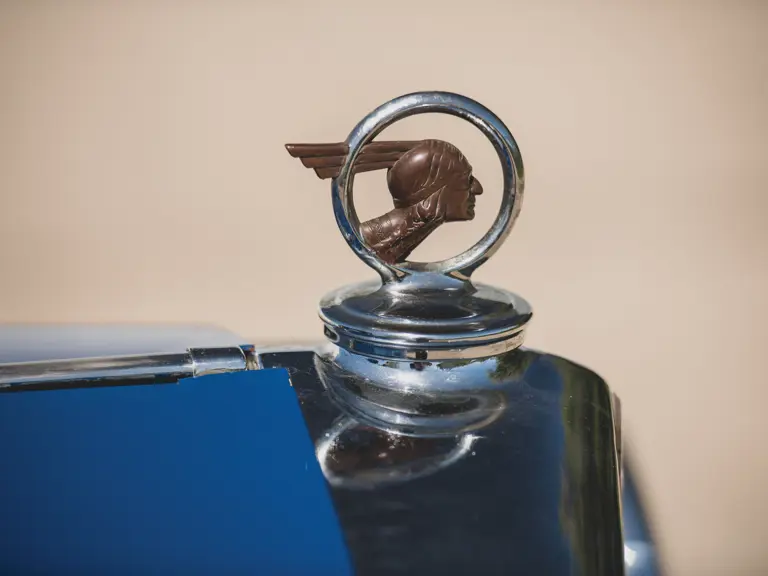
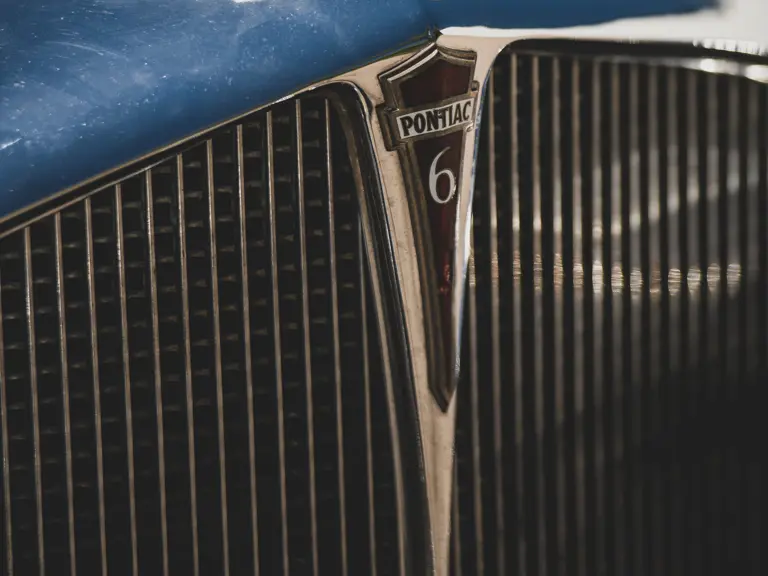

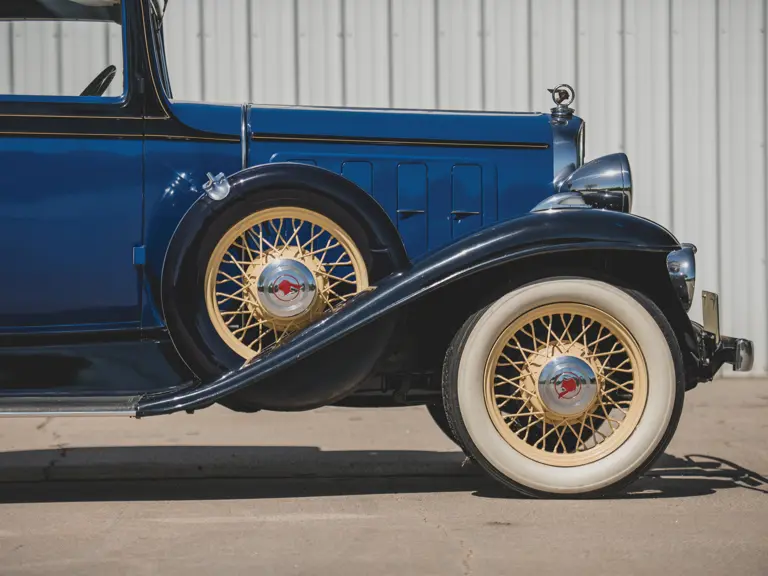
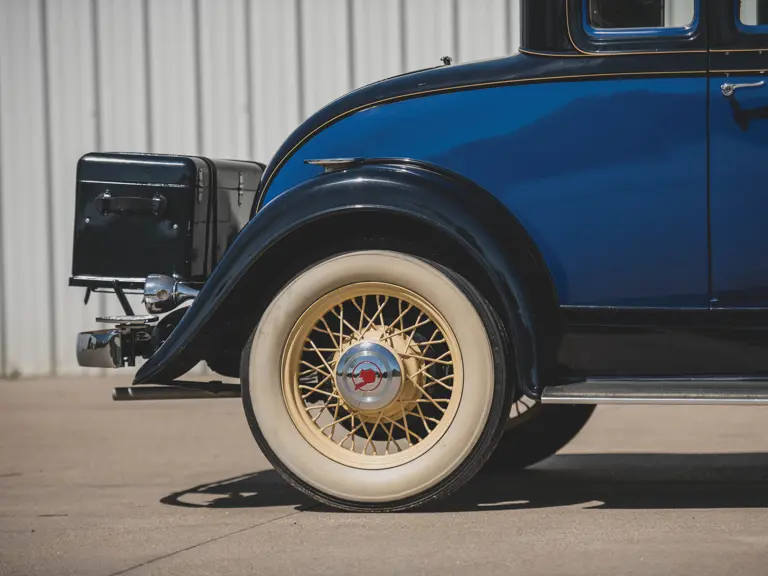
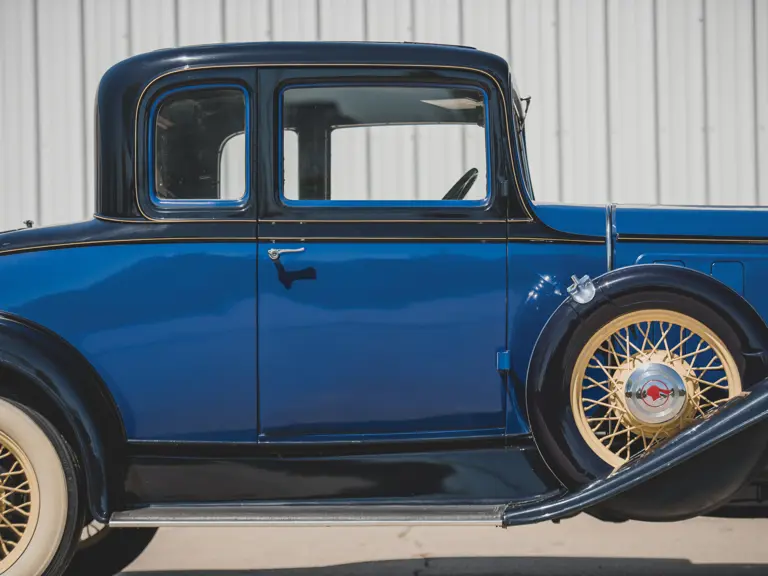
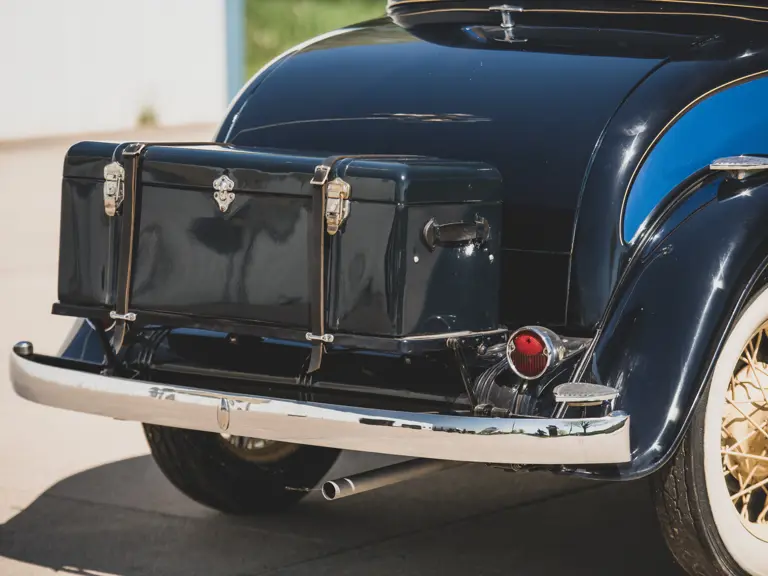
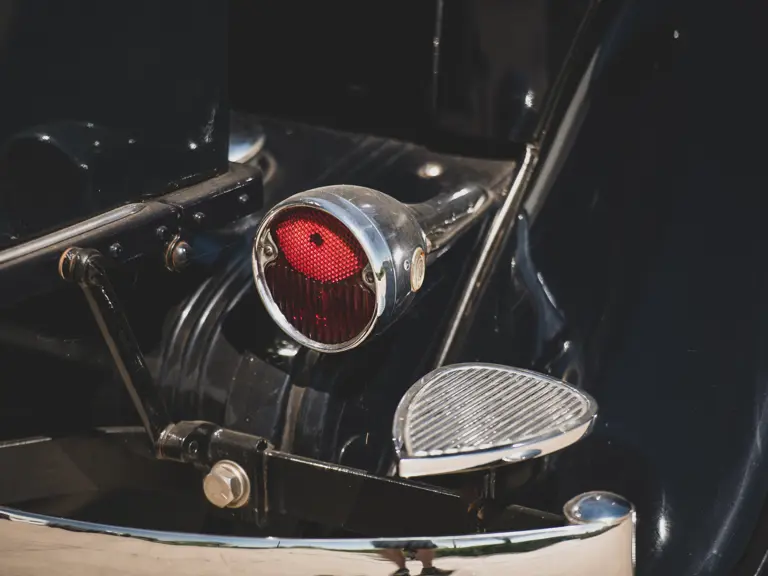
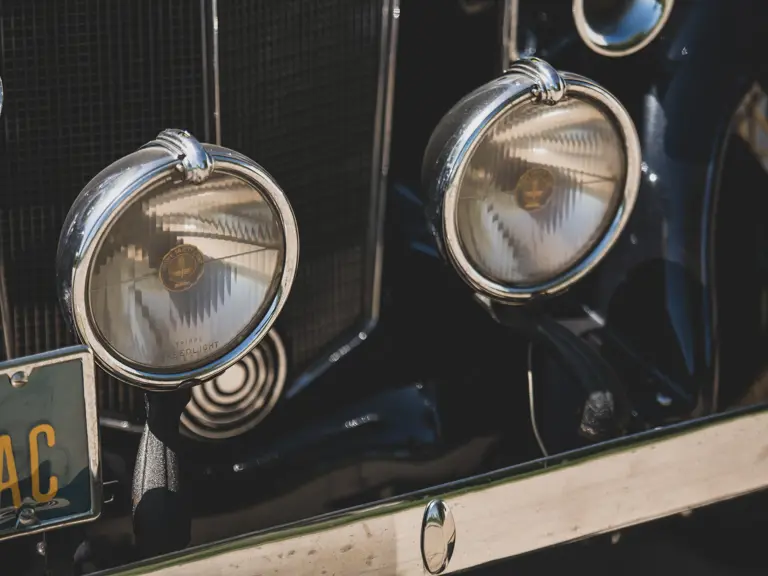
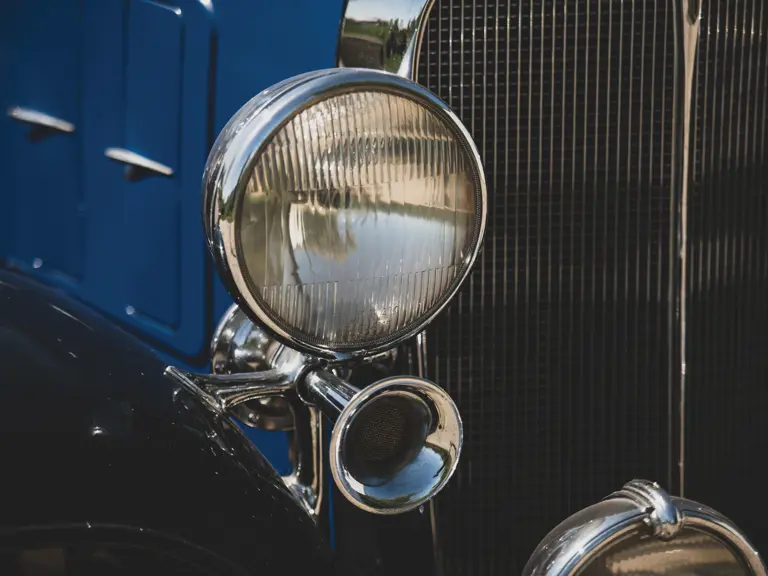
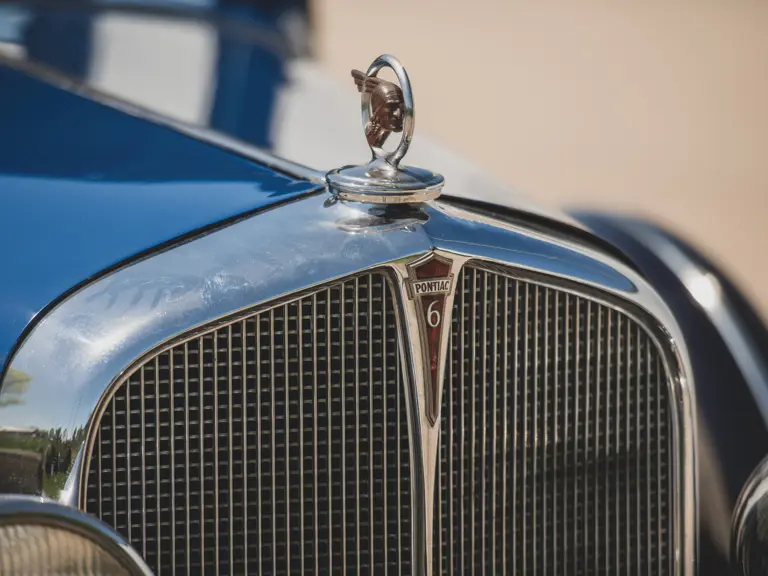
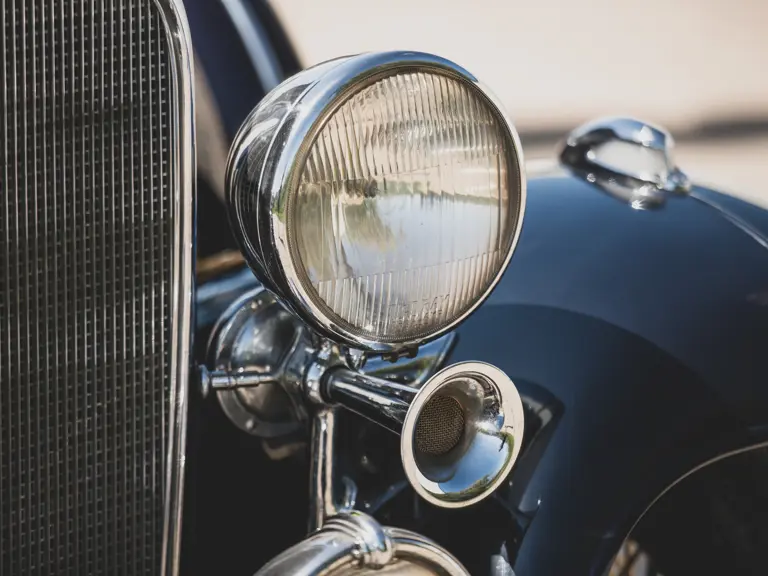




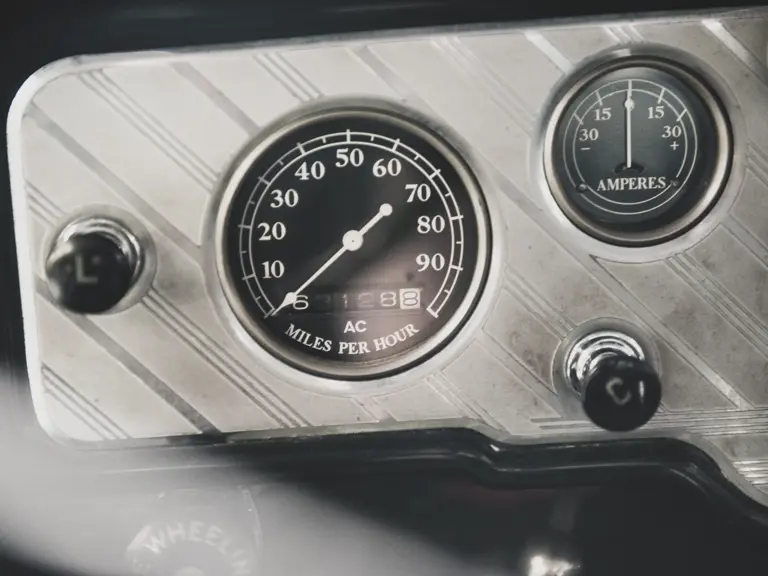
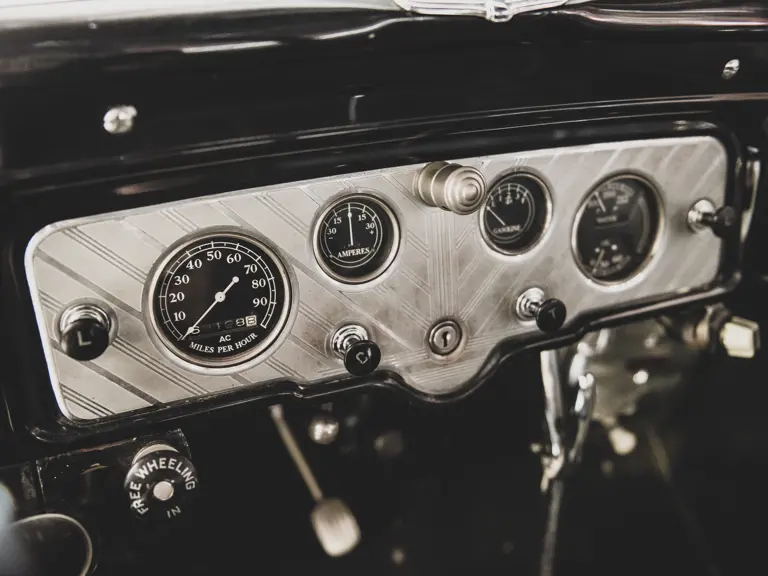


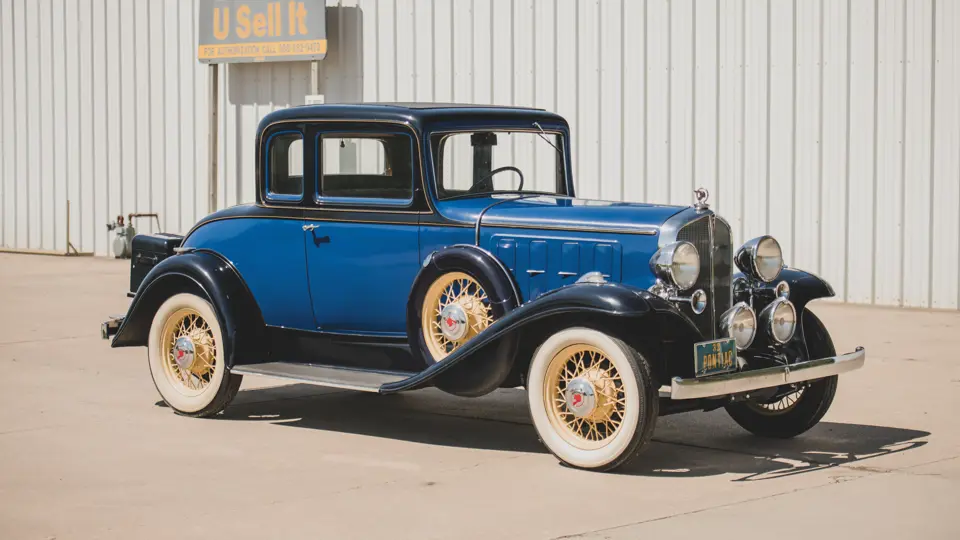
 | Hershey, Pennsylvania
| Hershey, Pennsylvania
